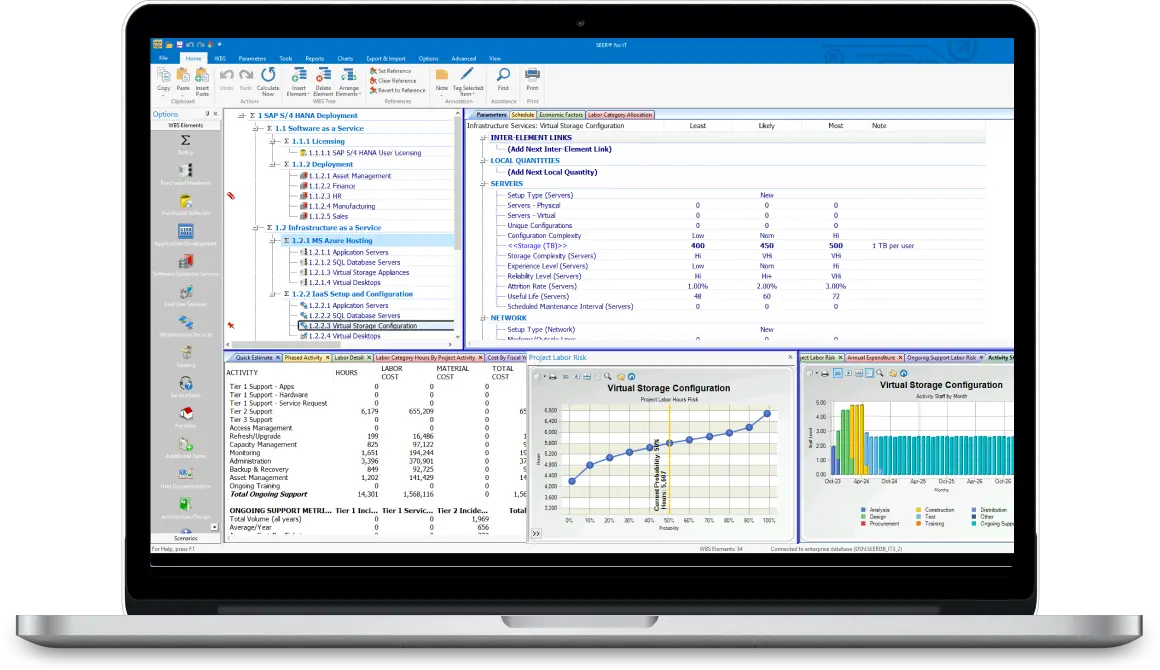- Case study
-
How the IRS uses Galorath’s SEER-IT Modernizes Complex IT Processes
Faced with oversight by the Treasury Department, GSA (General Services Administration), and Congress, the Internal Revenue Service (IRS) was tasked with providing specific information about their varied and numerous projects and initiatives. Their in-house project office had been using Excel spreadsheets as an estimating tool—but to little effect: cost and schedule overruns persisted. After an extensive vendor evaluation, the IRS selected SEER-IT. Over the next 12 months, Galorath’s on-site consultants helped the IRS develop and integrate processes, establishing a database of historical projects as a reference for future ones.


